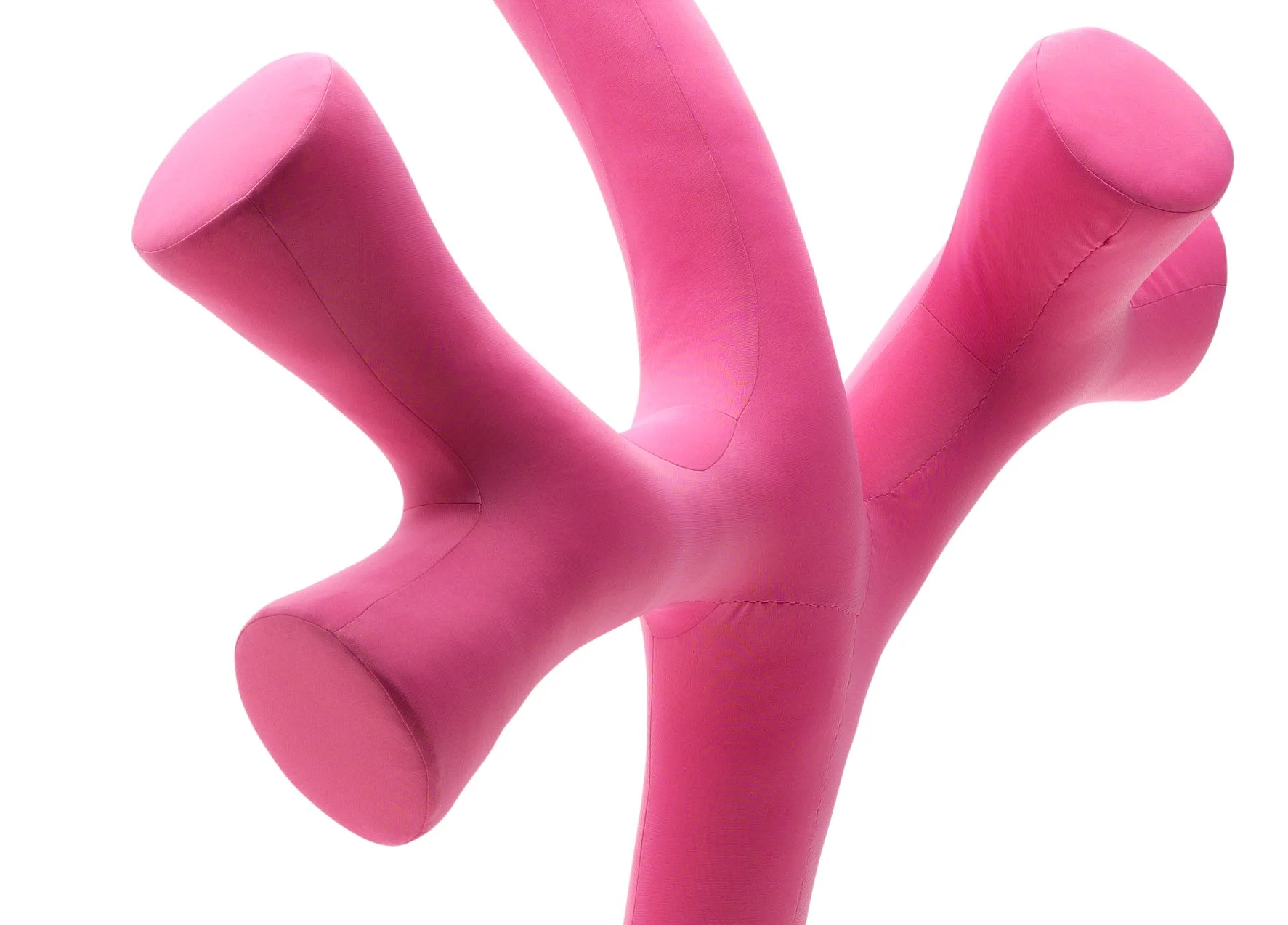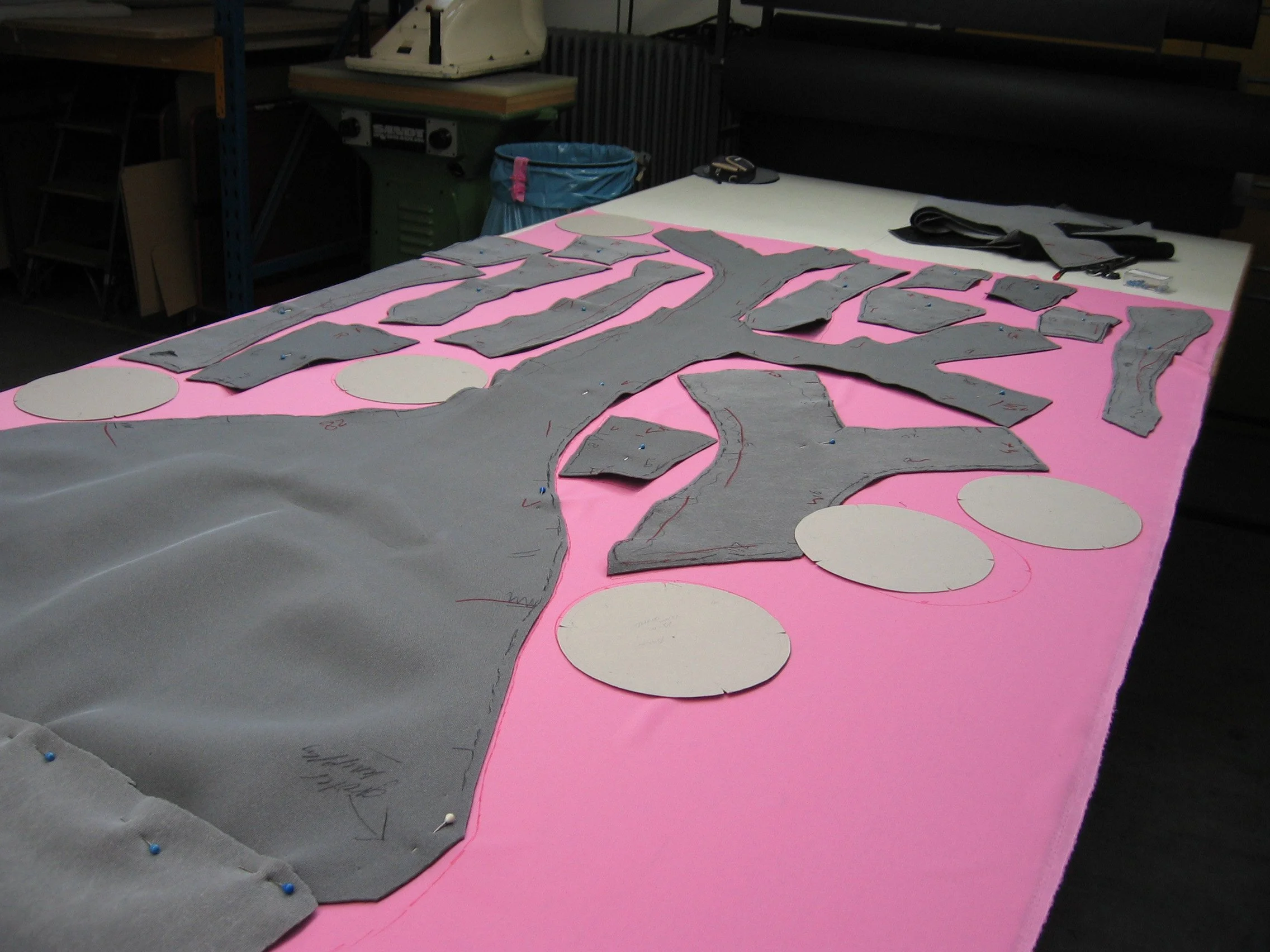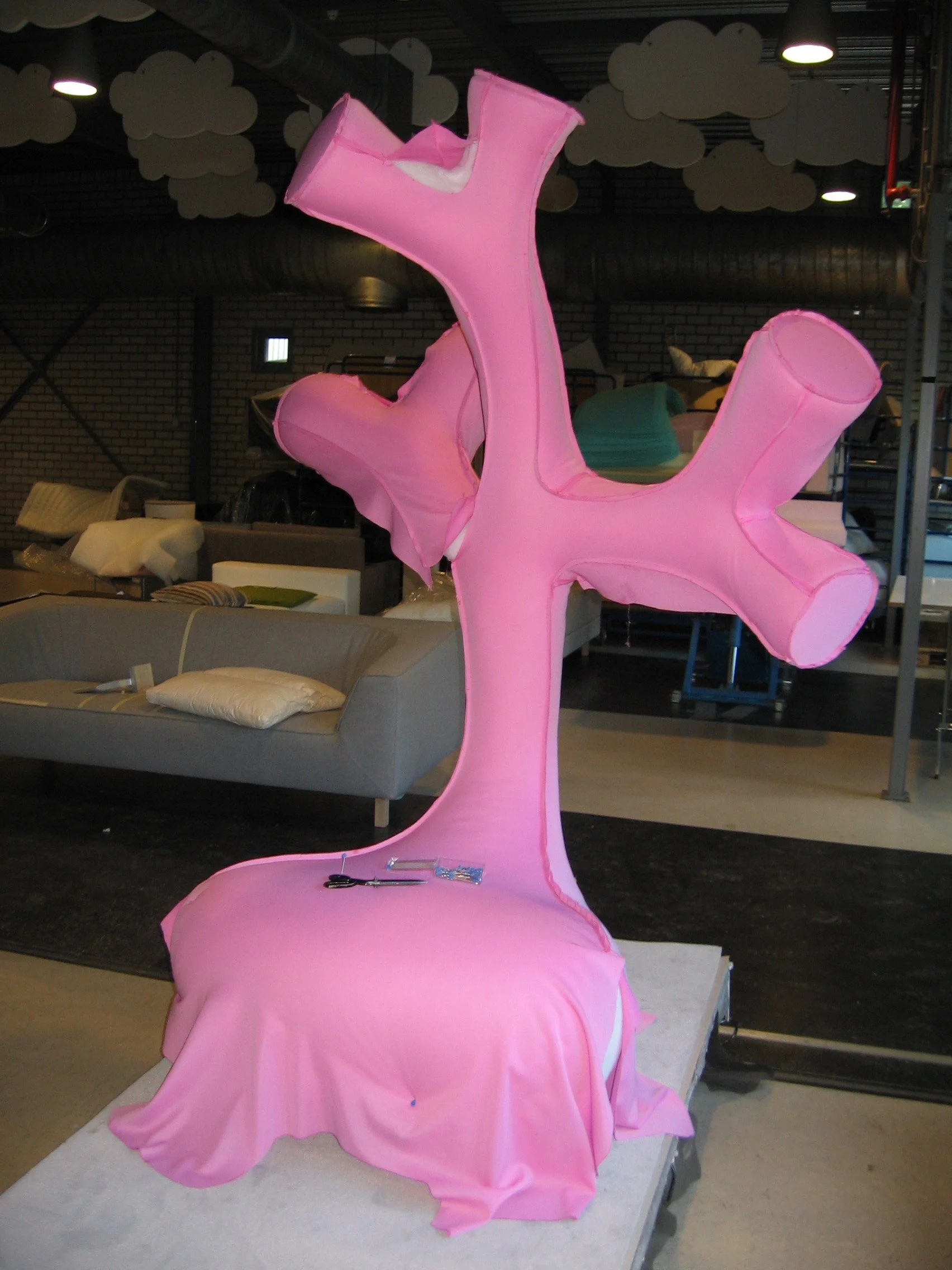












Shapeshifting Seat of Whimsy
Barbapallone
Client
Leolux
Design
Tjep.
Design team
Frank Tjepkema, Leonie Janssen, Stefanie Schönheinz
Production
Leolux
Year
2009
Shapeshifting Seat of Whimsy
In the effervescent world of Tjep., where nostalgia meets audacious reinvention, the Barbapallone emerges as a delightful homage to childhood reverie. This armchair, conceived in the heart of Amsterdam's creative crucible, draws its essence from the iconic Barbapapa—a 1970s French cartoon family of polymorphous, cotton-candy-hued blobs created by Annette Tison and Talus Taylor, whose shape-shifting antics captivated generations with tales of adaptability and joy. Tjep. alchemizes this whimsical narrative into a tangible throne, transforming the rigid archetype of the lounge chair into a vessel of fluid possibility.
Cartoon Morphosis in Motion
At its genesis, the Barbapallone reinterprets Leolux's venerable Pallone chair—a mid-century icon of ergonomic elegance—through a lens of playful metamorphosis. A cascade of form manipulations unfolds: the once-sleek contours swell and undulate like Barbapapa's progeny, evoking the characters' elastic transformations from flatlanders to fantastical figures. Upholstered in vibrant, tactile fabrics that mimic the cartoon's sugary palette, the chair invites touch and interaction, its exaggerated curves cradling the body while hinting at latent reconfiguration, as if poised to sprout limbs or balloon into a pouf at any moment.
Pallone's Playful Progeny
Crafted with Tjep.'s signature blend of artistry and precision, the structure marries robust timber framing with resilient, eco-conscious upholstery, ensuring durability amid its dreamlike demeanor. Subtle asymmetries and organic swells disrupt conventional symmetry, fostering a sense of movement even in repose—perfect for the modern sitter who craves more than mere furniture, but a spark of narrative in their daily perch. As Frank Tjepkema muses, "Furniture need not be static; it can whisper stories of what it might become, echoing the boundless imagination of our inner child."
From Blobby Forms to Bespoke Comfort
Beyond its aesthetic allure, the Barbapallone champions versatility: its modular undertones allow for easy adaptation in living spaces, from intimate reading nooks to convivial gatherings. This fusion of humor and haute design underscores Tjep.'s ethos of infusing the everyday with unexpected delight, proving that even a chair can harbor dreams of reinvention. Unveiled in 2009 as a limited-edition marvel, it swiftly became a collector's gem.
A Chair Yearning to Be More
Commissioned by Leolux and auctioned to benefit the Pink Ribbon foundation, the Barbapallone not only raised funds for breast cancer awareness but also elevated discourse on design's empathetic potential. Today, it lingers as a testament to Tjep.'s prowess in bridging pop culture and craftsmanship, reminding us that the best seats aren't just sat upon—they inspire us to shift perspectives, one whimsical curve at a time.
Visually delicate, yet unyieldingly strong.
The Bronze Age collection showcases meticulously hand-crafted pieces, rooted in traditional techniques that once defined human survival. Each work is a labor-intensive creation, forged from bronze—the material that heralded the dawn of civilization.
“For this project, I sought to counter the technology-driven trends fueled by digital innovations like 3D printing. Bronze, with its inherent value, embodies sustainability: it is either cherished and preserved or melted down and reborn, never discarded. Who knows—some of these pieces might even carry the essence of ancient bronze swords, remelted and reimagined,” says Frank Tjepkema, lead designer and founder of Tjep.
The bronze foundation of this collection evokes stability, strength, and enduring sustainability, as the material can be endlessly recycled. The furniture designs draw on classic forms but are transformed to reflect a modern narrative. The collection boldly engages with contemporary issues, evoking the specter of human-induced crises—such as climate change or nuclear fallout—positioning these pieces as both timeless and urgently relevant.
The result is a series of sculptural works that marry a pure, elegant aesthetic with robust physicality. Do these pieces bear the scars of great calamity, or do they stand as testaments to the enduring power of tradition, like an ancient bronze sword?
